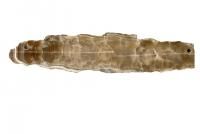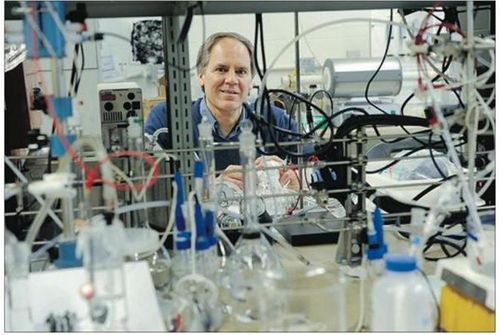Whether they know it or not, anyone who's ever gotten a speeding ticket after zooming by a radar gun has experienced the Doppler effect - a measurable shift in the frequency of radiation based on the motion of an object, which in this case is your car doing 45 miles an hour in a 30-mph zone.
But for the first time, scientists have experimentally shown a different version of the Doppler effect at a much, much smaller level - the rotation of an individual molecule. Prior to this such an effect had been theorized, but it took a complex experiment with a synchrotron to prove it's for real.
"Some of us thought of this some time ago, but it's very difficult to show experimentally," said T. Darrah Thomas, a professor emeritus of chemistry at Oregon State University and part of an international research team that today announced its findings in Physical Review Letters, a professional journal.
Most illustrations of the Doppler effect are called "translational," meaning the change in frequency of light or sound when one object moves away from the other in a straight line, like a car passing a radar gun. The basic concept has been understood since an Austrian physicist named Christian Doppler first proposed it in 1842.
But a similar effect can be observed when something rotates as well, scientists say.


